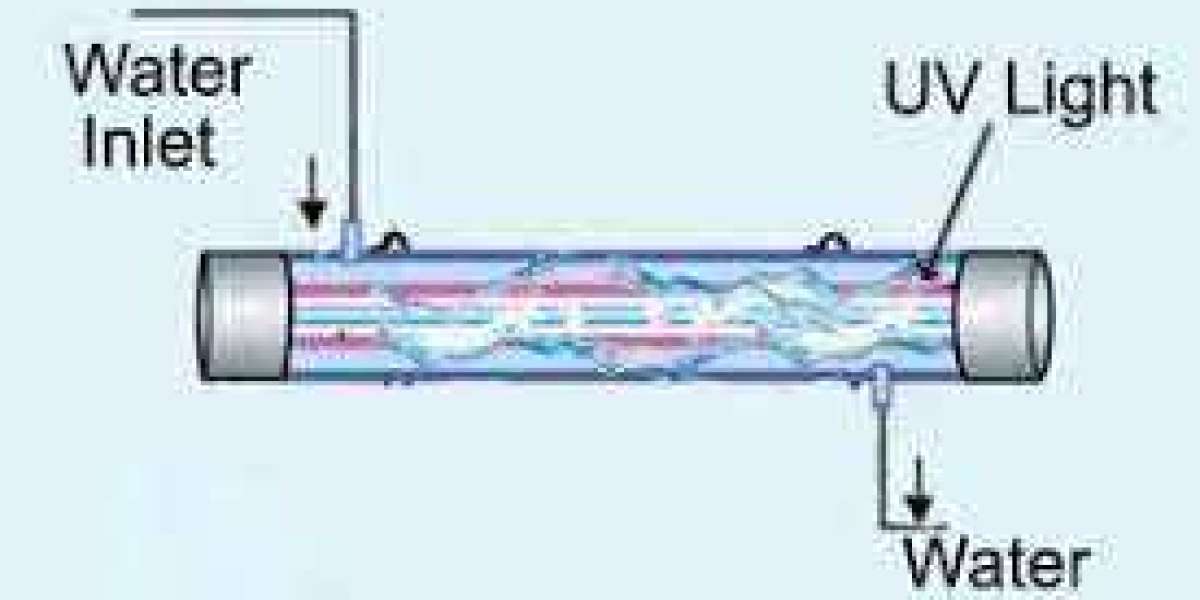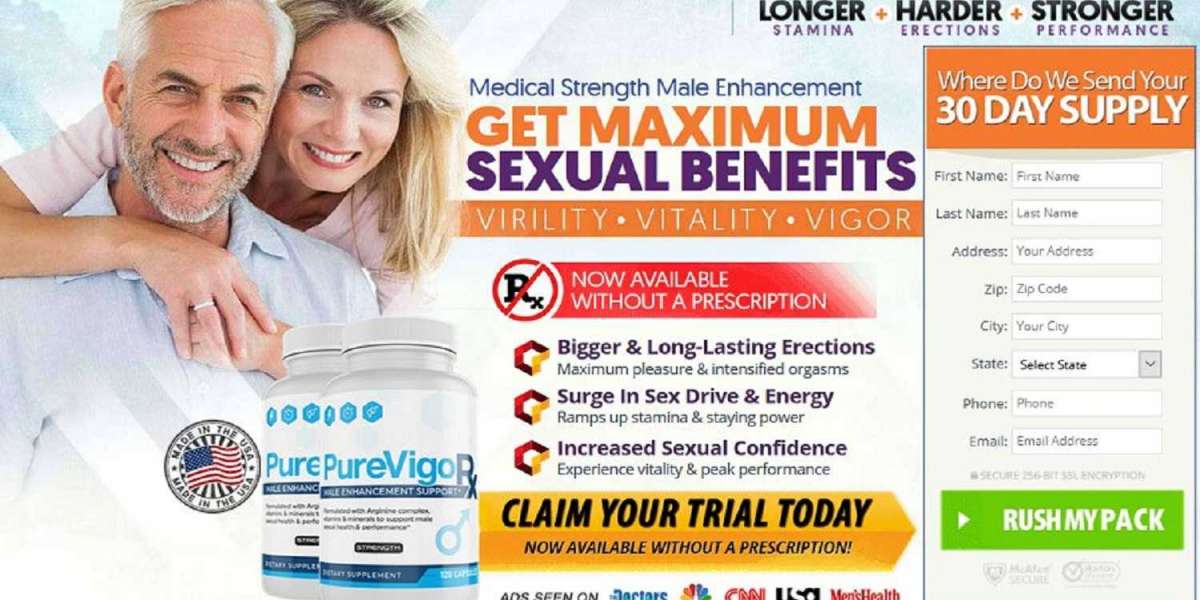Today, we don't need to worry about finding out whether our drinking water is free of contaminants or not. The reason is that there are central water purification systems in place. They make sure that the water is passed through purification systems. Therefore, the water is pure and free of bacteria, viruses and other harmful elements. Read on to find out more UV water disinfection.
All suppliers of water disinfect water and run different tests before sending the water for consumption. They take proper measures in order to disinfect the pipelines of water. They can choose from different methods to perform the purification. Among all the methods, the chlorine-based method is the most popular one.
There are two most popular methods: the slug procedure and the constant rate procedures. Both of these methods use chlorine in order to kill bacteria in an effective manner. Aside from this, these methods ensure a decent residual level. Therefore, it ensures there is continuous disinfection even after the initial procedure is complete. Let's take a closer look at both these methods.
The Slug Procedure
In this method, all of the chlorine is injected at once. As a result, the chlorine level reaches 100 ppm, which is quite reasonable. The water passes through at a speed of 2.5 feet per second over a period of 3 hours.
The good thing about this method is that it helps save water as a higher amount of chlorine is used. Therefore, it's possible to kill a lot of bacteria in a short period of time. Therefore, there is no need to wait for hours before the water is ready for consumption. The amount of chlorine in the water should be 2 ppm at most. However, if the ppm reading is higher, the water needs to be flushed again. So, another bacteria test is required in order to ensure the treatment is effective.
The Constant Rate Procedure
In this method, water is flushed while chlorine is mixed with it. The chlorine level should be 50 ppm. Water passes through the entire pipeline and kills any unwanted elements, such as bacteria and viruses in the process. These are the pathogens that need to be removed from water. If left untreated, this type of water can cause a lot of health issues. So, proper treatment is required to ensure you don't get diseases from drinking dirty water.
Afterwards, the water is left untouched for at least 24 hours in order to allow chlorine to react with the water. The next phase involves flushing a large amount of water through the pipelines once again. This is to cut down on the amount of chlorine. Finally, another test is done to find out if the water is free of bacteria.



